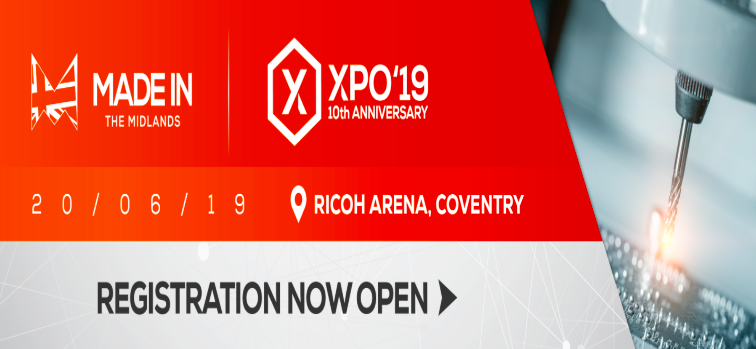What is 5-axis CNC milling?
5-axis CNC machines are versatile manufacturing centres that work up to five different axes at once. Since three of the axes are linear and the other two are rotational, they are recognised for being significantly more diverse than a typical 3-axis CNC machine.
Varied configurations of 5-axis machines eliminate the need for multiple setups and increase efficiency, make them ideal for the aerospace, medical, automotive, energy and industrial sectors. Here are the top 9 benefits of 5-axis CNC milling machines, according to Kingsbury.
Alternatively, you can download our latest 5-axis white paper for even more information.
1. Ability to produce more complex shapes
Machining complex shapes and parts from solid material that would otherwise have been cast, is among the most significant benefits. Aside from drastically reduced lead times – from months to mere weeks – the machine’s movement allows for complex angles and arcs without additional setups or fixtures.
2. Reduced re-fixturing
Speaking of fixtures… 5-axis machines can machine nearly every visible surface. Fewer setups and no need for re-fixturing saves time, cost and human error, not to mention incorrect realignment.
3. Reduced labour cost-per-part
Each time a machine operator touches a part they are adding cost. 5-axis machines reduce the wasted time and costs associated with machine operators having to re-fixture.
4. 3+2 axis machining
While some parts can only be machined using 5-axis movement, you can machine alternative parts more efficiently with a 3+2 movement, such as those with features on multiple faces or angles. How? The 4th and 5th axes secure the work piece in a fixed position and eradicate the need for all 5 axes to move simultaneously.
5. Better surface finishes
5-axis capabilities on contoured geometry produces better surface finish in less time, compared to a 3-axis machine, which takes longer. Shorter cutters reduce tool vibration, allowing a better finish and eliminating the need to do it by hand.
6. Less reworking and scrap
With more setups comes the increased risk of lost parts – fortunately, this risk is significantly reduced with 5-axis as there are fewer interventions leading to less potential waste.
7. Faster cutting speeds
Shorter tools on the 5-axis machine allows it to get closer to the material. This allows for faster cutting speeds without putting excessive load on the cutter itself, which increases tool life and reduces breakages. The possession of additional rotational axes makes drilling compound holes at odd angles faster than traditional CNC machines.
8. Increased opportunities in major markets
5-axis CNC machinery fundamentally maximises productivity by reducing cycle times. This is most welcome in the making of complex parts, such as turbine blades, impellers and aerospace airframes. Being efficient allows manufacturers to compete for new business and stay ahead of industry rivals.
9. Improved floor space usage
Finally, one 5-axis machine can do the work of many other machines, meaning that existing equipment can be eliminated or repurposed, increasing the space available on the shop floor.
The Kingsbury guide to 5-axis CNC machining is available now and covers everything you need to know about these efficient, cost-saving and quality milling machines. For more information, go to Kingsbury’s website.
Kingsbury will be one of the members exhibiting at this year's Made in the Midlands Expo on June 20 at the Ricoh Arena in Coventry. To join them or register for tickets to the event click on the banner below and don't forget to visit our new website - www.madeinthemidlandsexpo.co.uk


